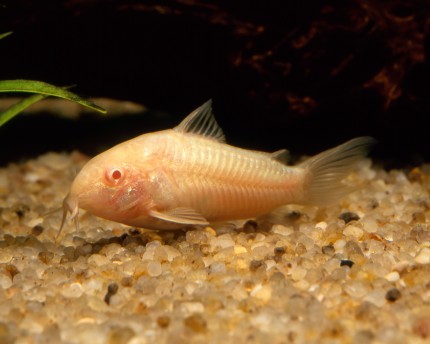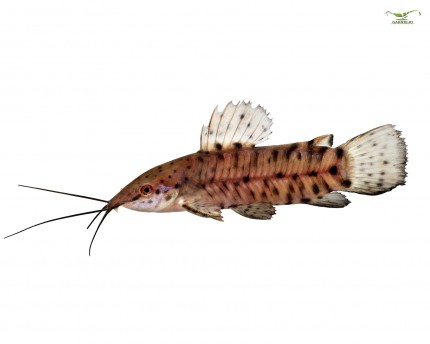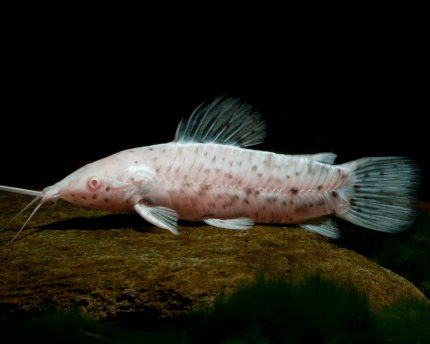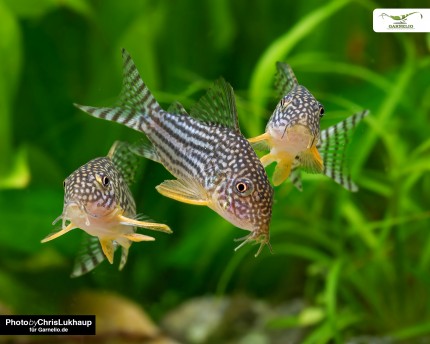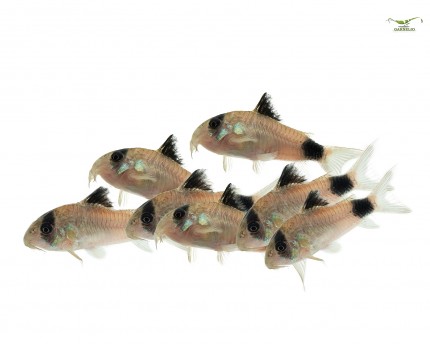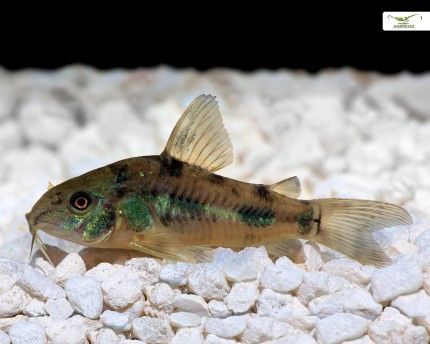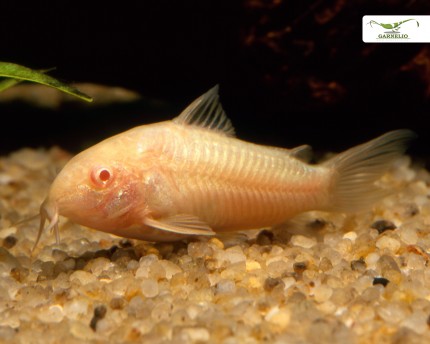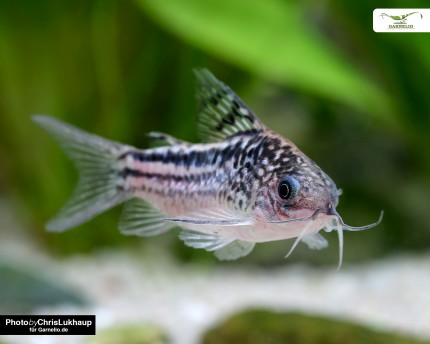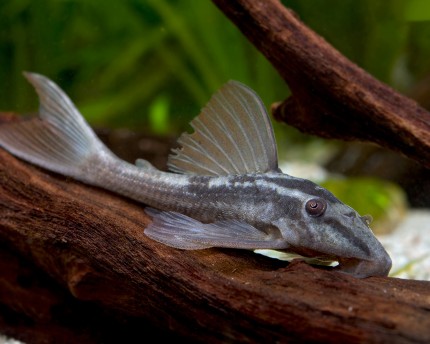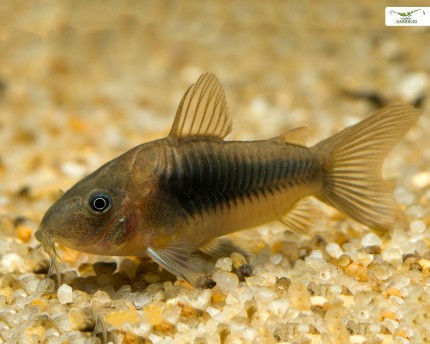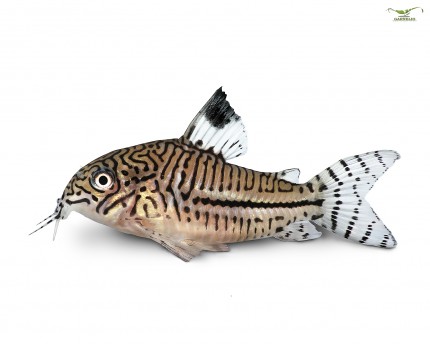Catfishes in nature
The order of catfishes is simply huge with almost 3400 described species. Here are so well known, with several meters body length extremely large food fish like our native catfish included, but also popular aquarium fish from the armored catfish to thorn catfish to the loricariid. Catfish are found on all continents except Antarctica. The highest diversity of these fishes is found in South America, Africa and Asia. Catfish range in size from tiny to huge, they can be solid colored or very contrasting patterned. Catfish as aquarium fish are partly incredibly robust and easy to keep, others can be quite complicated in aquarium keeping and especially in breeding. Catfish are scaleless, with some species possessing bony plates that armor their bodies. The typical sucking mouth is surrounded by barbels.
Most catfish live at the bottom of the water, their swim bladder is atrophied. Because there are so many very different species of catfishes in all possible parts of the world, no general statement can be made about the habitats in detail. If you add humic substances to the aquarium water, you usually do nothing wrong with the catfish, because these substances are found in practically all freshwater biotopes and the fish are accustomed to them.
Behavior of catfish in the aquarium
Many catfish are predominantly nocturnal. Especially the featherbeard catfishes are quite quarrelsome fellows, which should be kept with a group of conspecifics in any case, so that they concentrate their aggressions on fighting out a pecking order in their group and not on their fellow fishes. Keeping featherbeard catfish individually is definitely not species appropriate. It can result in strong aggressiveness against the other aquarium inhabitants. If, on the other hand, Featherbearded Catfish are kept in a sufficiently large group in an appropriately sized aquarium that is neatly structured with roots, rocks, caves and possibly plants, they will fight out a hierarchy and will no longer be particularly belligerent towards other fish. Other catfish are also group fish, such as the cute little armored catfish. While armored catfish are often kept alone or in pairs, strictly speaking, they too need the security of a group.
Many catfish such as armored catfish or loricariids are extremely peaceful and compatible in a community aquarium. Some are even a perfect match for dwarf shrimp, especially the smaller armored catfish species are well suited for socialization here.
Catfish in the aquarium
Since some aquarium catfish like the Honeycomb Shield Catfish or the Green Panaque grow very large, these special aquarium fish naturally need a sufficiently large tank. Not much can be said about the water values for catfish in the aquarium, the requirements and the conditions in the biotopes are too different. An addition of humic substances to the water in the aquarium is actually never wrong. Many loricariid catfish depend on being able to scrape off wood, because they need the fiber for good digestion. You should also offer suitable catfish burrows to your catfish in the aquarium from the size - always one more than there are catfish in the aquarium. Only armored catfish do not go into the caves. Plants like Echinodorus are eaten by some armored catfish.
Breeding catfish in the aquarium
Breeding catfish in the aquarium is very difficult to totally easy, depending on the species. The Antenna Catfish, for example, has a reputation for being worse than rabbits, and therefore likes to be kept in single-sex groups. Other, rarer catfishes such as the L46 zebra loricariid, on the other hand, are not so easy to breed and are correspondingly sought after in the aquarium trade. With some featherbeard catfishes even only coincidence breedings are known.
Socialization of catfishes
Many catfishes in aquaristics are perfectly suited for a community aquarium, because they only eat growth or are quite peaceful contemporaries like the Corydoras. Other species, on the other hand, are carnivores and will also help themselves to dwarf shrimp and small fish. Here you have to look closely at what the individual catfish needs in the aquarium. In the article descriptions in our online store, we explain this in detail.
Feeding catfish correctly
The feeding habits of the different catfish species vary so much that no general statements can be made. While there are pronounced algae eaters and aufwuchsfresser among the catfish, which you can feed very well with Welstabs and algae plates, there are other species that live predominantly carnivorous and should better receive frozen food and live food in high quality. The herbivores and omnivores among the aquarium catfish are happy with soft, scalded vegetables.
Conclusion
Catfish are beautiful, easy to maintain to challenging aquarium fish that look great, impress with their behavior, and often fit perfectly in a community aquarium. Even for specialists among aquarists, the huge group of catfishes offers a suitable choice. There are fish here that look as if they came from another star, and also incredibly beautifully marked and patterned ornamental fish. Catfish are wonderful aquarium companions that really offer something for the eye. In addition, among them there are effective algae eaters and scrappers. In Garnelio online store you can buy vital, easy to keep and also rarer species and rare catfishes for your aquarium.

